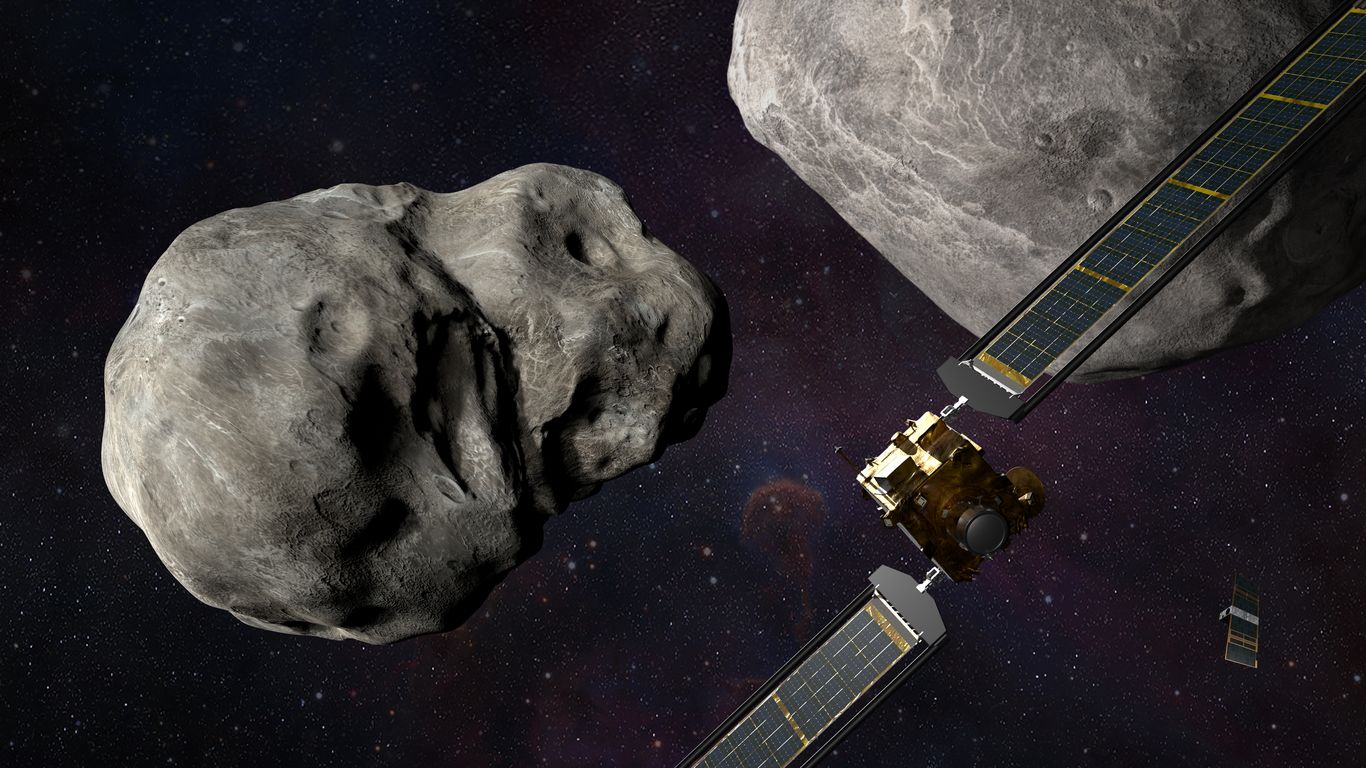steve_bank
Diabetic retinopathy and poor eyesight. Typos ...
Something useful from the space program, actually saving the Earth from a future killer asteroid.

 www.axios.com
www.axios.com

NASA is about to crash a spacecraft into an asteroid
The test is set for Monday evening.
Why it matters: The first-of-it-kind mission — called DART — marks the first true test of whether or not NASA will one day be able to push a potentially dangerous asteroid off a collision course with Earth if the need should ever arise.
